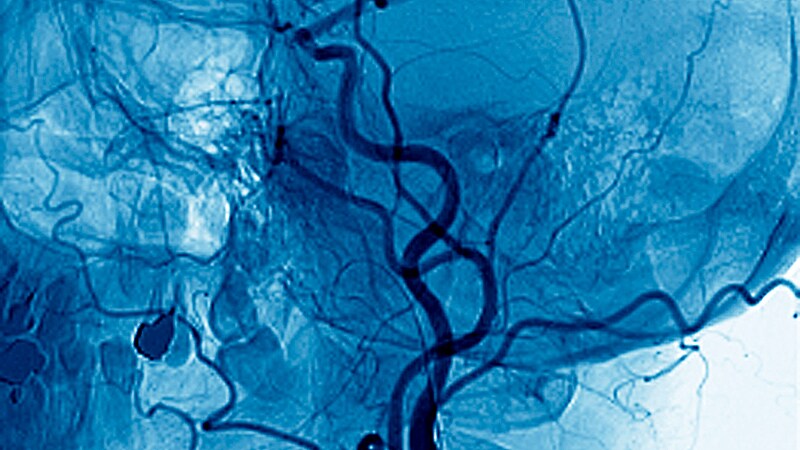The study covered in this summary was published in medRxiv.org as a preprint and has not yet been peer reviewed.
Key Takeaways
-
Using a novel force sensor during a sit-to-stand test may aid the calculation of the time delay before the brain adjusts its blood vessels to maintain constant blood flow.
-
The force sensor can improve the accuracy and reproducibility of the measurements of this time delay, especially in older patients and those with stroke.
Why This Matters
-
Previous studies that used the sit-to-stand test to measure the time to dynamic cerebral autoregulation (dCA) have defined the initiation of standing in various, usually subjective, ways.
-
Standing is the stimulus for a drop in peripheral blood pressure, and identifying the moment at which standing begins is crucial for measuring the time before the dCA response begins.
-
Failure to identify the exact moment of standing initiation could introduce variability and error into measurements of dCA.
-
Measuring the moment correctly is especially important for older patients and patients with stroke.
Study Design
-
The researchers developed a force sensor before beginning an ongoing study of the cerebrovascular hemodynamic response to a bout of high-intensity exercise and to the sit-to-stand test.
-
They recruited young adults (between ages 18 and 30 years), older adults (between ages 40 and 80 years), and patients at 6 months to 5 years post stroke.
-
The sensor was placed on a seat so that it would be under a participant’s right ischial tuberosity (or sit bone).
-
Participants sat upright with feet on the ground while they donned an electrocardiogram, a left middle finger plethysmograph, and bilateral transcranial Doppler (TCD) probes.
-
During two recordings separated by 15 minutes, each participant was asked to stand for 2 minutes to enable hemodynamic stabilization.
-
The force sensor converted each participant’s weight to voltage, and the signal decreased to 0 when the participant stood.
Key Results
-
Four young adults, two older adults, and two patients with stroke completed the sit-to-stand test.
-
During the second test, two young adults rose before being asked to stand, and the force sensor accounted for the resulting change in the time delay (TD) response of 0.003 ± 0.27 seconds.
-
During the first test, one older participant’s arise-and-off (AO) time was 61.43 seconds, and the force sensor was able to account for the reduction in the TD response by 1.43 seconds (~17%), compared with estimating AO from the verbal command to stand.
-
During the first test, one participant with stroke had an AO time of 0.09 seconds before the verbal command to stand, which explained an increase (~13%) in the TD response, compared to estimating AO from the verbal command to stand.
Limitations
-
The novel force sensor may require further validation.
-
The sample size of eight patients was small.
Study Disclosures
-
The investigators did not report any conflicts of interest.
This is a summary of a preprint research study, “Novel Application of a Force Sensor during Sit-to-Stands to Measure Dynamic Cerebral Autoregulation Onset,” written by Alicen A. Whitaker from the University of Kansas Medical Center on medRxiv provided to you by Medscape. This study has not yet been peer reviewed. The full text of the study can be found on medRxiv.org.

